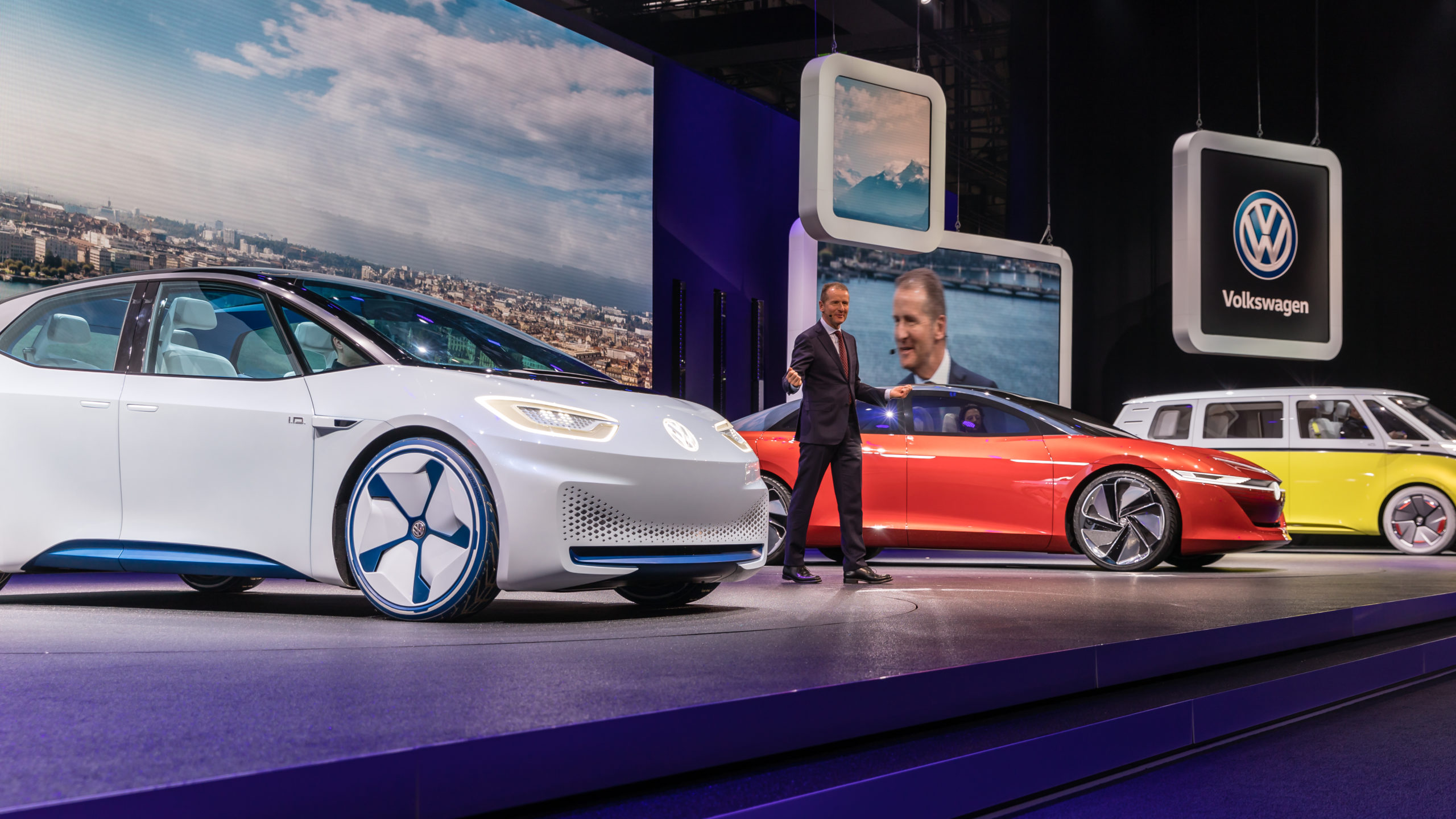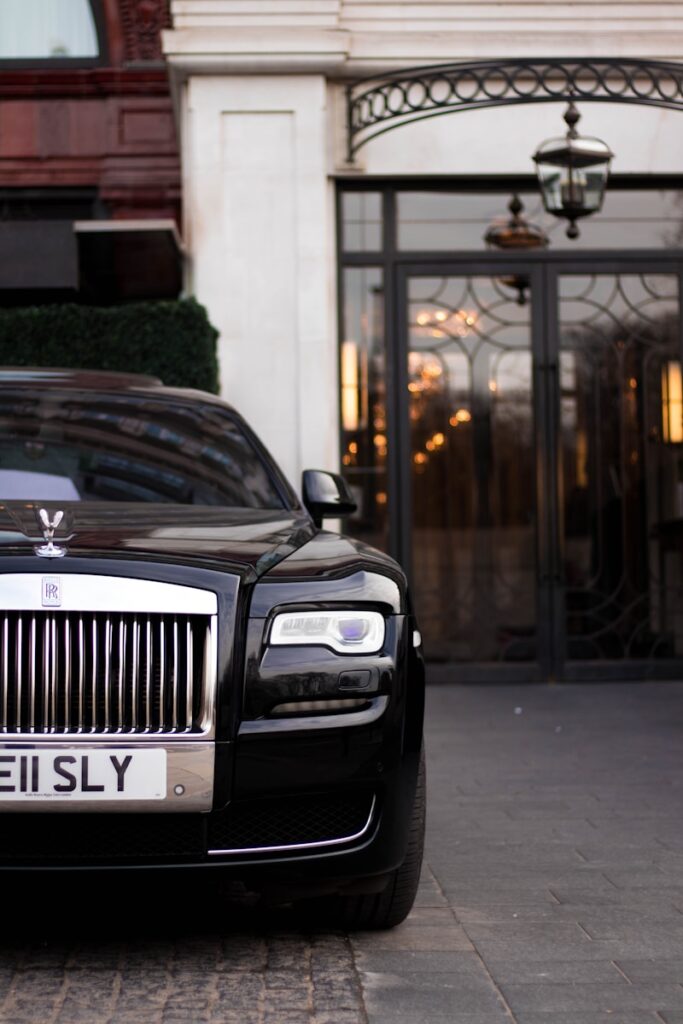
Alright, gearheads and history buffs, let’s talk about a bygone era when cars weren’t just about getting from A to B. They were rolling canvases, expressions of art, and, crucially, proud bearers of some of the most spectacular, audacious pieces of miniature sculpture ever conceived: the hood ornament. Forget your sleek, flush badges of today; we’re talking about tangible, often massive, pieces of metal and chrome that jutted out from the front of a luxury sedan, demanding attention and telling a story before you even heard the engine purr.
For decades, these hood ornaments stood as storytellers in automotive history, part sculpture, part signature. They radiated elegance, aggression, mythology, or flight, transforming a machine into something far more memorable. Many of them revealed something intimate about the brand or the ambition behind it, embodying an era where detail and elaborate flourishes weren’t just tolerated, but celebrated. These were the hallmarks of prestige, the declarations of engineering prowess, and sometimes, a playful wink from the designers themselves.
Sadly, the open road of automotive history has seen these magnificent figures largely fade into obscurity, victims of modern safety regulations keen on keeping people from being impaled by steel and chrome, alongside ever-increasing production costs and shifting design philosophies. But just like historical architecture, classic and vintage car design championed an aesthetic appeal that is sorely missed today. So, buckle up as we take a deep dive into some of the coolest, most massive hood ornaments, the legends that once proudly led the charge on luxury sedans, now rarely spotted but never truly forgotten.
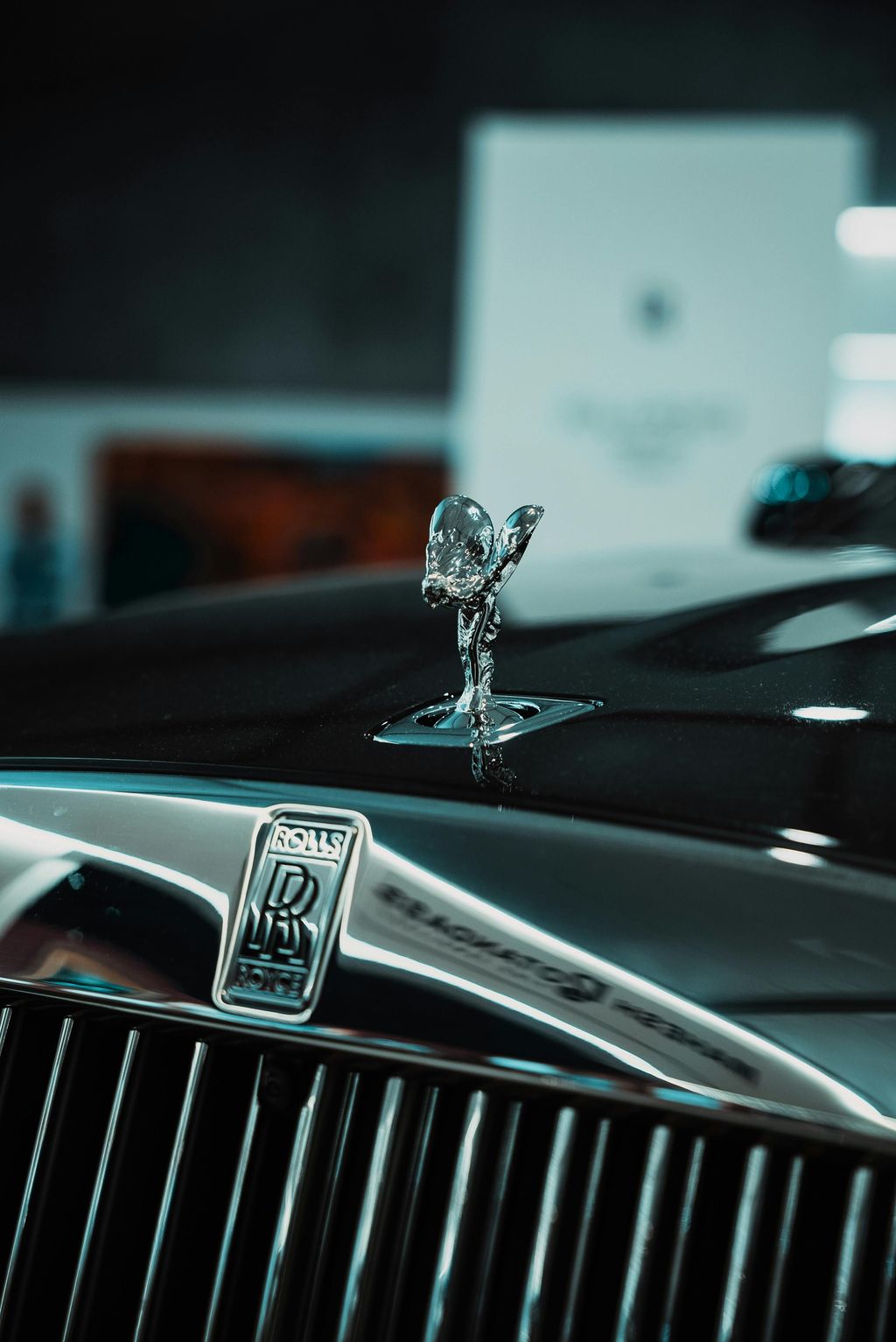
1. **Rolls-Royce Spirit Of Ecstasy**When we talk about hood ornaments, it’s almost impossible not to start with the undisputed queen, the most enduring and instantly recognizable luxury car mascot in automotive history: the Spirit of Ecstasy. This iconic figure, a robed lady arched forward at the leading edge of a Rolls-Royce hood, might seem like she’s been there since day one, but she was actually a later, albeit vital, addition to the automaker’s branding. Her story is as romantic and intriguing as the vehicles she graces.
The figure was modeled after Eleanor Thornton, the secretary and secret lover of Lord Montagu, whose private Rolls-Royce already bore a hood sculpture by artist Charles Robinson Sykes. In 1909, Rolls-Royce managing director Claude Johnson approached Sykes, asking him to create something similar that could adorn every model leaving the factory. Sykes designed the Spirit of Ecstasy, taking inspiration directly from Eleanor Velasco Thornton herself, making the ornament a deeply personal and artistic statement for the burgeoning luxury brand.
First introduced in 1911, the Spirit of Ecstasy has adorned nearly every Rolls-Royce model ever since, becoming synonymous with unparalleled luxury and grace. Even today, as cars become more streamlined, Rolls-Royce clings to its ornamental glory. The Centenary Private Collection for the Phantom, marking its 100th anniversary, features a Spirit of Ecstasy crafted from solid 18-carat gold, a bespoke design inspired by the first statuette that adorned the Phantom I a century ago. This isn’t just an ornament; it’s a piece of jewelry, a statement of ultimate extravagance.
Modern Bentleys might see their ‘Flying B’ silently rise from the hood, but the Spirit of Ecstasy on the Phantom goes a step further in its opulence. The RR badge below the figurine combines 24-carat gold with white enamel, a recurring theme echoed on the front fenders and trunk lid. The interior, equally spectacular, even sees the 6.75-liter twin-turbo V12 engine cover get a golden treatment, with 24-carat detailing. It’s a testament to how integral this mascot remains to the Rolls-Royce identity, transforming an already lavish car into something truly extraordinary.
Read more about: Car Designers Confess: 14 Iconic Features We Long for in Modern Models
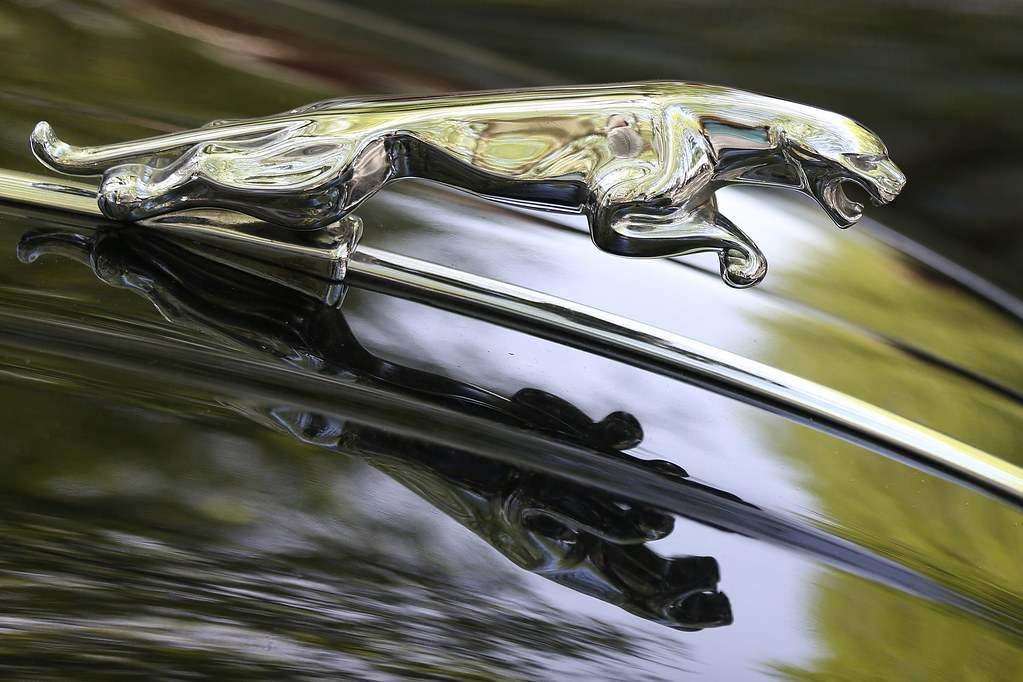
2. **Jaguar Leaping Jaguar**Few automotive mascots convey raw power and elegant athleticism quite like the Leaping Jaguar. This iconic figure, captured mid-leap, became synonymous with Jaguar’s brand identity after its debut in the 1930s. It was, and still is, a dynamic symbol of elegance and agility – core values that the Jaguar marque has always strived to embody. Earlier versions, often made of brass before being upgraded to chrome and spring-loaded designs, were truly captivating.
Interestingly, you won’t find Jaguar’s famous leaping cat on the company’s earliest models. The original Jaguar lineup, built by SS Cars starting in the mid-1930s, was actually free of these distinctive ornaments. However, this didn’t deter owners, who were swept up in a customization craze of the era, commissioning all manner of mini-sculptures, known as mascots, to attach to the hoods of their English vehicles. The results, as you might imagine, were a mixed bag.
Things came to a head when a member of Jaguar’s founding brain trust witnessed a particularly egregious third-party mascot perched on one of its products towards the end of the decade. He reportedly described it as “a cat shot off of a fence,” which paints quite a vivid, and frankly, hilarious picture. The company quickly realized it needed to take control of its image and stem the tide of these terrible, unofficial efforts. So, by 1938, the very first official version of the Leaper, designed by Frederick Gordon Crosby, was proudly stuck on the leading edge of Jaguar’s latest offerings.
The Leaping Jaguar instantly captured the imagination, perfectly encapsulating the brand’s blend of sophisticated design and thrilling performance. Its powerful, yet graceful form, signaled speed and a predatory elegance, defining a visual language for the brand that endures to this day, even if modern safety regulations have mostly relegated the full-bodied Leaper to historical images or subtle badging, making the original massive ornament a rare and cherished sight.
Read more about: 13 Underappreciated Wagons: Unearthing Automotive Utility’s Hidden Gems
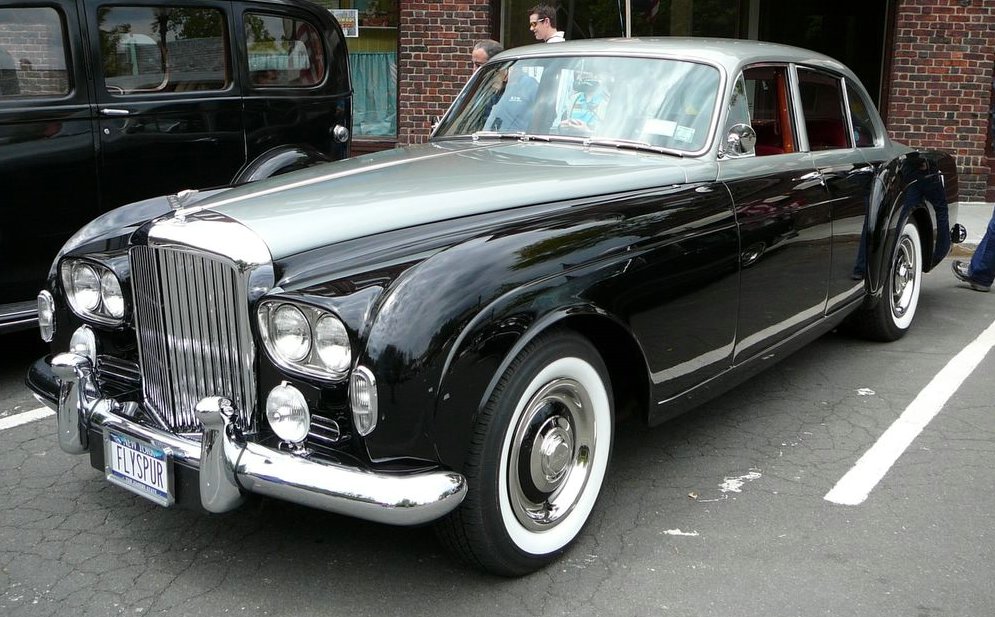
3. **The Bentley Flying B**Another British icon with a fascinating hood ornament story is Bentley, known for its commitment to speed, prestige, and a deep aviation heritage. The ‘Flying B’ ornament, introduced in the 1920s, became an instant hallmark of British luxury and artistry. On modern Bentleys, you might still catch a glimpse of a version that rises silently from the hood, even illuminating at night, a nod to its illustrious past while embracing contemporary safety.
The first iteration of the Bentley Winged B was actually a flat logo from way back in 1919, where wings were quite literally attached to the B badge. When the demand for a more pronounced, three-dimensional hood ornament arose just a few years later, none other than Frederick Gordon Crosby, the same designer who would later bring the Jaguar Leaper to life, was tasked with translating those wings into a tangible sculpture. He skillfully crafted the original Flying B, giving it the physical presence it deserved.
Like many of its contemporaries, the Flying B wasn’t static; it evolved over time. A significant redesign of the logo came in 1933, linking it to yet another legendary sculptor we’ve already discussed: Charles Sykes. Yes, the very artist responsible for Rolls-Royce’s Spirit of Ecstasy lent his talents to Bentley. His Art Deco version of the Flying B was a direct response to Bentley’s request for an ornament that better reflected the sleeker, more aerodynamic designs now leaving its factory, showcasing a design elegance that was cutting-edge for its time.
This majestic ornament, with its open wings, clearly symbolized Bentley’s ambitions and accomplishments, particularly its connection to speed records and an aviation prowess that many early luxury car manufacturers shared. It projected an image of effortless power and refined engineering, making it a truly massive statement piece that commanded respect on the road. Today, seeing an original Flying B, standing tall and proud, is a nostalgic journey back to a time when automotive design was truly soaring.
Read more about: The Enduring Roar: 14 Best Luxury Cars of 2025 Still Offering the Mighty V8 Engine
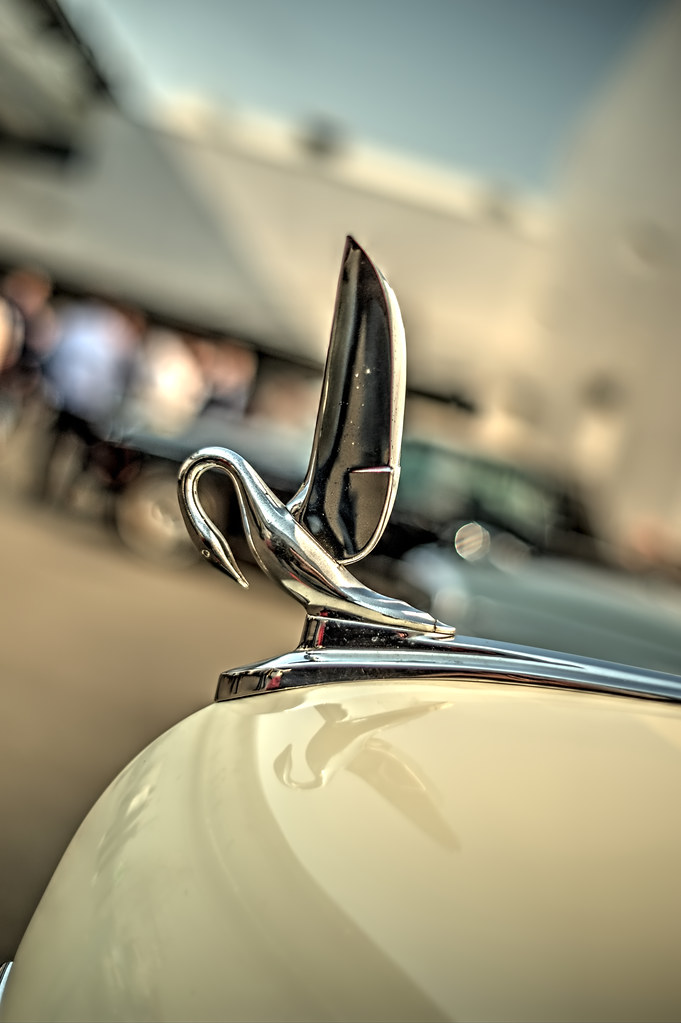
4. **Packard Cormorant / Goddess of Speed**Packard, a titan of American prestige during the pre- and postwar era, showcased its grandeur with not one, but two memorable hood ornaments that truly captivated onlookers. The first, the magnificent Packard Cormorant, dominated its luxury models from the 1930s through the 1950s. This elegant figure, with its graceful neck and sophisticated wing design, was often, and understandably, confused with a swan, adding to its mystique and refined beauty.
But Packard also had another, perhaps even more intriguing, ornament: the Goddess of Speed. Introduced in 1925, this figure was designed by John D. Wilson, who sought to link the automaker’s products to the lofty realm of Greek mythology. He specifically landed on Nike, the goddess of victory, who also happened to be Zeus’s legendary chariot driver. This choice imbued the ornament with a sense of triumph and unstoppable momentum, a perfect metaphor for the luxury performance cars of the era.
When the Goddess of Speed arrived in 1938, she featured a single wheel clasped elegantly between a woman’s outstretched hands, with a transparent hunk of Lucite streaming behind her. This ingenious detail was intended to visually illustrate her velocity and the car’s aerodynamic prowess, a truly innovative use of materials for the time. She was meant to be a symbol of quality, grace, and cutting-edge design, a true piece of automotive art.
However, in a classic display of irreverent public opinion, pundits of the day quickly noted the similarities between the wheel in her hands and, well, a donut. This unfortunately led to her being unceremoniously nicknamed the “donut chaser,” a playful moniker that, while memorable, undeniably robbed the Goddess of Speed of much of its intended dignity. Despite this, both the Cormorant and the Goddess of Speed remain iconic examples of Packard’s commitment to aesthetic excellence and a testament to an era when cars were adorned with such elaborate, massive sculptures.
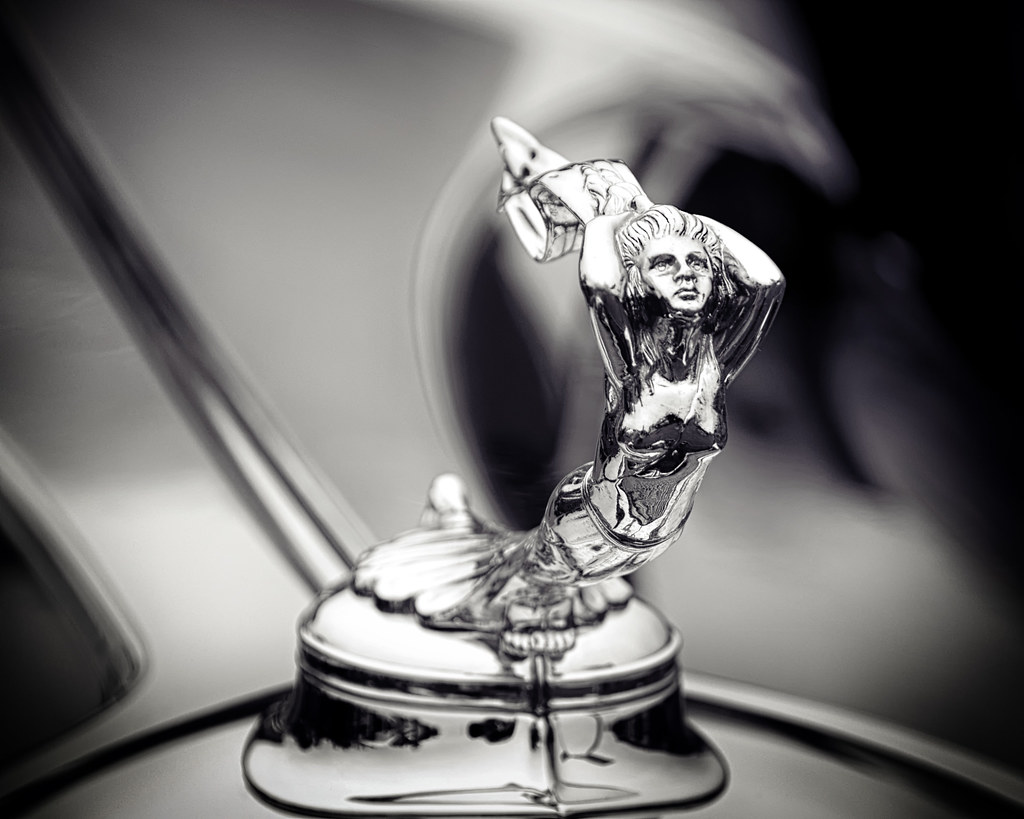
5. **The Cadillac Goddess**Cadillac, a name synonymous with American luxury, was not to be outdone in the hood ornament game, gracing its most luxurious models with the exquisitely designed Cadillac Goddess. This figure, often depicted with sweeping lines and a sense of effortless motion, made her debut in the 1930s and remained a prominent feature on Cadillac hoods until the 1950s. She wasn’t just an emblem; she was a representation of an entire era.
The Goddess perfectly encapsulated the elegance and optimism of the American Art Deco era. Her design, often featuring a flowing form with outstretched arms or wings, conveyed a powerful sense of grace and forward momentum, reflecting the aspirations of a nation emerging from difficult times. Some early versions of this breathtaking ornament were even ingeniously integrated with the radiator cap and lit from beneath, adding a theatrical flair that made them truly stand out on the road, especially at night.
Cadillac’s flying Goddess saw several different iterations throughout her tenure, showcasing the evolving design sensibilities of the brand. She was initially introduced on the prestigious Cadillac V16, signifying it as the brand’s most exclusive and luxurious model. However, her undeniable appeal meant she was later rolled out across the entire lineup, becoming a universal symbol of Cadillac’s commitment to supreme quality and style.
The design was meticulously crafted to convey “the very spirit of unsurpassed swiftness and power, coupled with grace and perfect balance.” It was an ambitious claim, yet the Cadillac Goddess lived up to it, becoming an enduring symbol of American automotive artistry. While the brand also experimented with other mascots, like the short-lived Heron, it was the flying Goddess who cemented her place in history, a truly massive and unforgettable piece of Americana that you’ll rarely see leading a parade of modern luxury sedans today.
Read more about: Navigating the Concrete Jungle: The Top 2025 Cars Engineered for Effortless Urban Parking

6. **The Pierce-Arrow Archer**For a brand that symbolized artistry and accuracy, the Pierce-Arrow Archer was a perfectly chosen emblem. Used prominently between the 1920s and 1930s, this meticulously detailed archer figure reflected Pierce-Arrow’s dedication to engineering excellence and precision. It was a bold statement, representing not just a car, but a philosophy of craftsmanship that set the brand apart in the competitive luxury market of its time.
What made the Pierce-Arrow Archer particularly groundbreaking was its dynamic posture; it was one of the first mascots to depict the human form in such energetic motion. The archer, poised and ready to release an arrow, conveyed a sense of focused power and intent, aligning perfectly with the brand’s image of sophisticated performance. It wasn’t just a static figure; it suggested movement and purpose even when the car was standing still.
The helmeted archer first made its appearance on Pierce-Arrow cars in 1928, immediately becoming a recognizable symbol. However, the design underwent a slight modification soon after, in 1931, when the figure’s helmet was removed. This subtle change likely aimed to refine the ornament’s aesthetic, perhaps making it appear more classical or less militaristic, emphasizing the artistic aspect over sheer force.
Like many automotive manufacturers of the period, Pierce-Arrow diversified its production, also turning out trucks, bikes, and motorcycles. Despite their dedication to engineering and elaborate design, the economic ravages of the Great Depression ultimately proved too difficult to make their high-end luxury cars financially viable. The company, and its magnificent Archer, became a casualty of the era, leaving behind a legacy of beautiful design and a truly massive hood ornament that remains a testament to its artistry.

7. **The Lincoln Greyhound**While some mascots drew inspiration from ancient mythology or abstract concepts, the Lincoln Greyhound offered a more personal and equally powerful narrative. This sleek, dynamic figure, modeled after Edsel Ford’s very own pet dog, was commissioned by him in the early 1930s to signify speed and grace. It was a perfect embodiment of the elegance and performance Ford envisioned for his luxury Lincoln models, making it an instantly recognizable design icon.
The choice of a greyhound was deliberate. Edsel Ford wanted to liken Lincoln models to the inherent speed, agility, and refined grace of this athletic canine. This sentiment was mirrored later in the automotive world by the likes of Jaguar and Dodge, who also chose powerful, agile animals as their mascots, recognizing the universal appeal and symbolic power these creatures held in conveying brand attributes. The greyhound’s streamlined form perfectly matched the flowing lines of the luxury vehicles it adorned.
Sharing a striking similarity in its dynamic, leaping pose to Jaguar’s renowned Leaper, the Lincoln Greyhound was not just a symbol of speed, but also of a certain sophisticated aesthetic. It appeared exclusively on luxury Lincolns, clearly distinguishing these premium vehicles from their more utilitarian counterparts and marking them as machines of both power and poise. It became a powerful visual identifier for the brand during a pivotal design era.
The Lincoln Greyhound wasn’t just an ornament; it was a reflection of personal passion and a keen eye for design, directly influenced by Edsel Ford’s artistic sensibilities. Its presence on the hood spoke volumes about the car beneath it, promising a driving experience that was both exhilarating and refined. Today, this massive and elegant greyhound is a rare sight, a cherished piece of history that harks back to an era when personal touches and grand gestures defined automotive luxury.
Read more about: Rare ’60s Automobiles: Can You Name These Beasts Only a True Petrolhead Remembers? A Deep Dive into the Decade’s Most Unforgettable Machines!
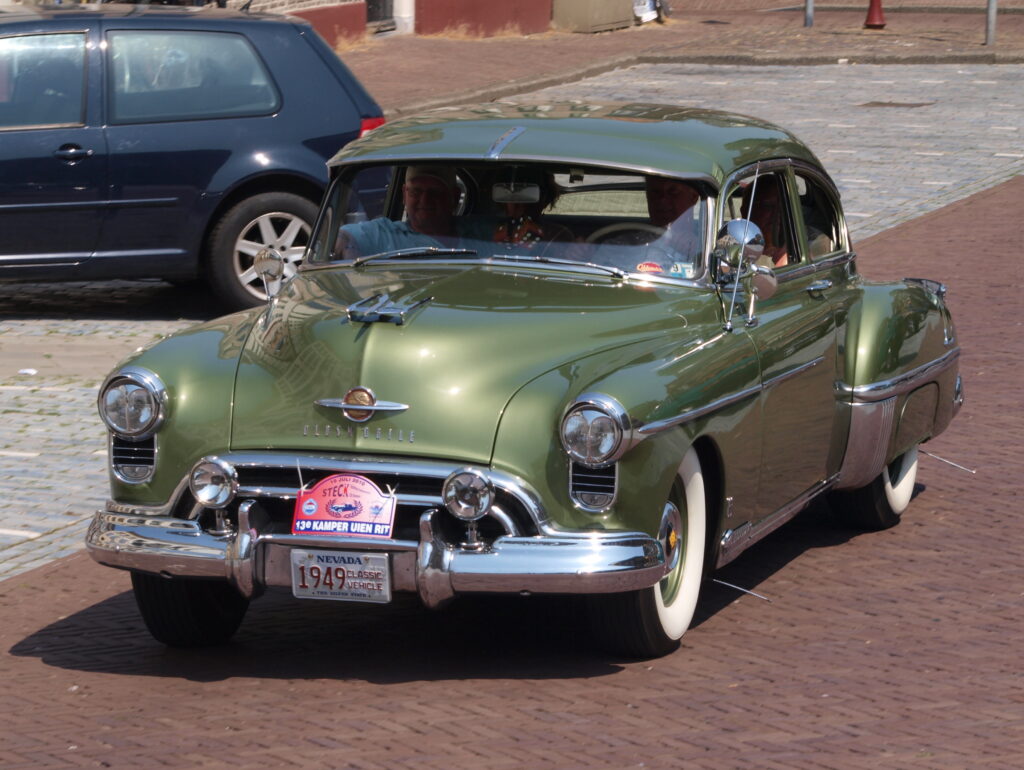
8. **The Oldsmobile Rocket**Alright, gearheads, let’s talk about an ornament that wasn’t just a symbol but a full-blown declaration of intent: the Oldsmobile Rocket. Debuting in the late 1940s, this emblem wasn’t shy about proclaiming Oldsmobile’s full-throttle embrace of the burgeoning jet age. It wasn’t merely a sleek piece of chrome; it was a visible statement of the brand’s innovative spirit, crowning their postwar models with an undeniable sense of forward momentum and futuristic appeal.
The Rocket emblem became especially famous adorning the hood of the Oldsmobile Rocket 88, a car often cited as one of the earliest true American muscle cars. This potent combination—a car engineered for thrilling performance with an ornament that screamed speed and technological prowess—amplified the mascot’s legacy considerably. Imagine seeing that sleek, bullet-like form leading the charge down the highway, perfectly encapsulating the horsepower lurking beneath. It certainly wasn’t subtle, and that was precisely the point.
This iconic hood ornament perfectly captured the post-war American optimism, where technological advancements were not just for the military but for the open road. The clean lines and aerodynamic shape were a bold departure, signaling a new era of automotive design that prioritized raw power and futuristic aesthetics. It communicated a vision of progress and excitement, making every drive feel like a journey into tomorrow. Today, spotting an original Oldsmobile Rocket ornament is like finding a relic from a time when cars truly tried to embody the very essence of flight and untamed power.
Car Model Information: 1972 Oldsmobile Cutlass
Name: Oldsmobile 88
Caption: 1996 Oldsmobile Eighty Eight LS
Manufacturer: Oldsmobile
ModelYears: 1949–1999
Class: Full-size car
Layout: FR layout
Predecessor: Oldsmobile L-Series
Successor: Oldsmobile Aurora
Categories: 1940s cars, 1950s cars, 1960s cars, 1970s cars, 1980s cars
Summary: The Oldsmobile 88 (marketed from 1989 on as the Eighty Eight) is a full-size car that was produced by the Oldsmobile Division of GM from 1949 until 1999. From 1950 until 1974, the 88 was the division’s most popular line, particularly the entry-level models such as the 88 and Dynamic 88. The 88 series was also an image leader for Oldsmobile, particularly in the model’s early years (1949–51), when it was one of the best-performing automobiles, thanks to its relatively small size, light weight, and advanced overhead-valve high-compression V8 engine. This engine, originally designed for the larger and more luxurious C-bodied 98 series, also replaced the straight-8 on the smaller B-bodied 78. With the large, high performance Oldsmobile Rocket V8, the early Oldsmobile 88 is considered by some to be the first muscle car.
Naming conventions used by GM since the 1910s for all divisions used alphanumeric designations that changed every year. Starting after the war, Oldsmobile changed their designations and standardized them so that the first number signified the chassis platform, while the second number signified how many cylinders. A large number of variations in nomenclature were seen over this long model run — Super, Golden Rocket, Dynamic, Jetstar, Delta, Delmont, Starfire, Holiday, LS, LSS, Celebrity, and Royale were used at various times with the 88 badge, and Fiesta appeared on some station wagons in the 1950s and 1960s. The name was more commonly shown as numerals in the earlier years (“Delta 88”, for example) and was changed to spell out “Eighty Eight” starting in 1989.
Get more information about: Oldsmobile 88
Buying a high-performing used car >>>
Brand: Oldsmobile Model: Rocket
Price: $41,990 Mileage: 20,500 mi.
Read more about: Seriously, What Happened? 13 Legendary Muscle Cars Automakers Just Don’t Build Anymore, But Absolutely Should!
9. **The Hispano-Suiza Stork**From the raw power of American innovation, we jet across the Atlantic to France, where the Hispano-Suiza Stork offered a different kind of prestige, one steeped in a heroic and deeply personal history. This mascot wasn’t just dreamt up in a design studio; it was adopted directly from the emblem of famed World War I flying ace Georges Guynemer, whose squadron flew Hispano-Suiza powered aircraft. This direct link to wartime bravery and aviation excellence gave the Stork an unparalleled gravitas, making it a unique and powerful symbol.
Hispano-Suiza was highly celebrated for its high-performance aircraft engines during the war, and the Stork proudly bridged the brand’s aviation and luxury automotive identities. It wasn’t just a car you were driving; it was a testament to engineering prowess forged in the skies and refined for the road. The decision to emblazon their luxury cars with such a meaningful symbol spoke volumes about the company’s pride in its dual heritage, connecting speed on land with triumph in the air, a truly unique narrative.
And talk about craftsmanship! These aren’t your mass-produced ornaments. Many versions of the Hispano-Suiza Stork were sculpted from solid silver and meticulously hand-engraved, making each one a miniature work of art and a testament to bespoke luxury. The attention to detail and the precious materials elevated the ornament beyond a simple badge, transforming it into a piece of fine jewelry that adorned the most exclusive automobiles. Today, finding a Hispano-Suiza Stork is truly finding a piece of history.
Read more about: Unearthing Automotive Gold: These Rare Classic Car Parts Command Fortunes in the Collector’s Market
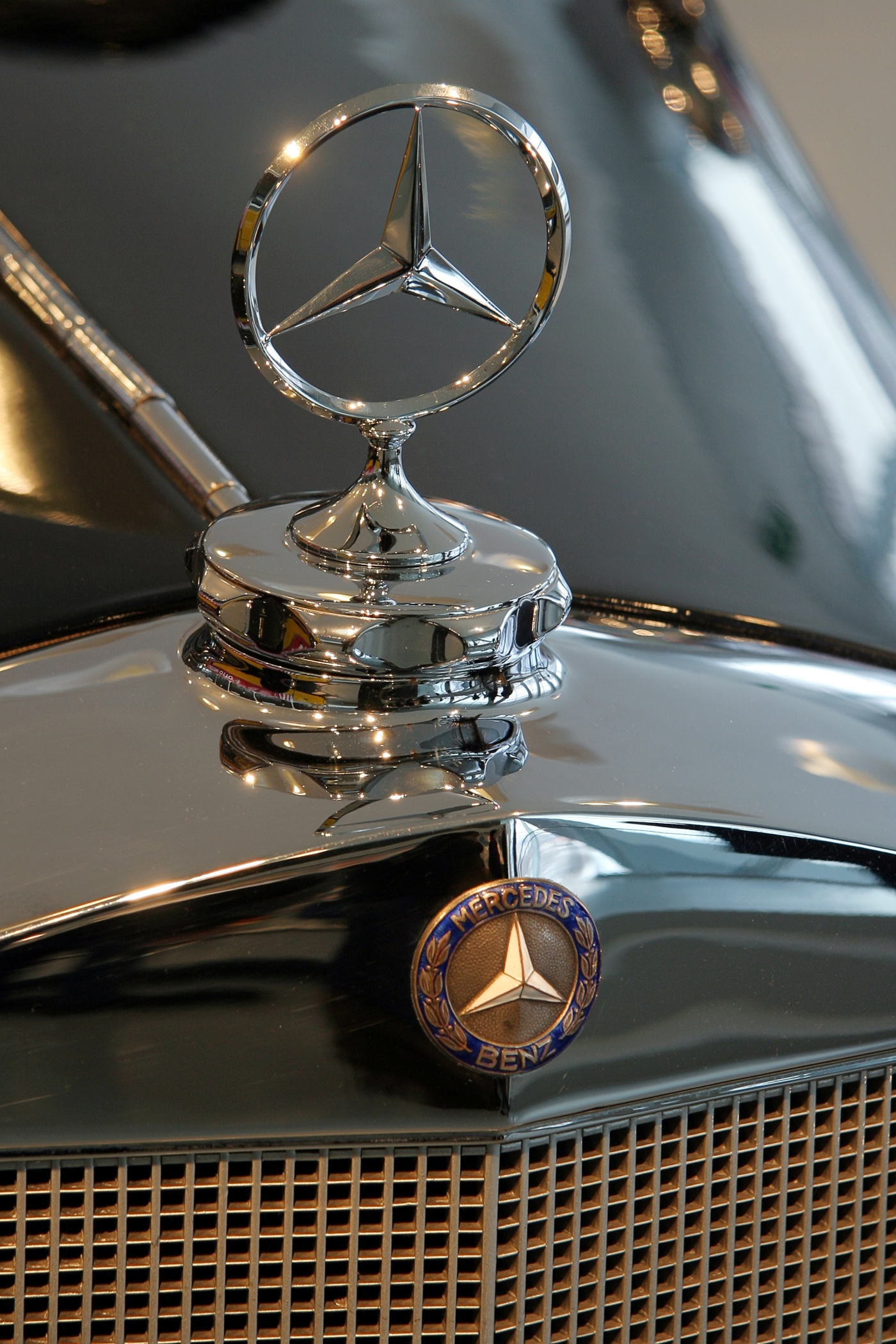
10. **The Mercedes-Benz Star**From artistic whimsy, we turn to enduring, almost universal symbolism with the Mercedes-Benz Star, an emblem so globally recognized it transcends mere automotive branding. Introduced in 1926, this three-pointed star wasn’t just a logo; it was a grand declaration of Daimler’s ambitious vision for mobility across all realms: land, sea, and air. Simple yet profoundly symbolic, it instantly communicated a global aspiration for engineering excellence that continues to define the brand’s identity to this very day.
What makes the Mercedes-Benz Star so captivating is its elegant simplicity and its profound longevity. Unlike the elaborate figures of many of its contemporaries, the Star achieved iconic status through its clear, bold symbolism and unwavering presence. Early versions even featured illumination from within, adding a touch of nighttime magic and making the brand’s emblem literally shine, a detail that was both innovative and subtly luxurious for the time, long before LED light shows were common.
This isn’t just a hood ornament; it’s a cultural phenomenon, a powerful statement that has resonated far beyond the automotive world. Around the globe, the Mercedes-Benz Star has achieved a unique status, with some devoted fans even detaching the star to wear as pendants. This speaks volumes about its power as a symbol, transforming from a car accessory into a personal statement, a badge of aspiration, and an undisputed icon of prestige.
Read more about: Driving Strong Past 150,000 Miles: 10 Transmission Traps to Avoid for Truck Longevity
And there you have it, a dazzling journey through the intricate world of massive hood ornaments, these metallic masterpieces that once proudly led the charge on luxury sedans. From the artistic grace of a dancing elephant to the raw power of a leaping jaguar, each one was more than just a brand emblem; it was a storyteller, a cultural artifact, and a testament to an era where automotive design was truly an art form. While modern regulations and changing tastes have largely relegated these grand gestures to the annals of history, their stories continue to captivate, reminding us of a time when every car, especially a luxury one, had a distinct, often awe-inspiring, personality leading the way. So next time you see a classic, take a moment to appreciate the incredible detail and history that once jutted out, demanding attention and making every drive an event. These icons may be gone from our everyday roads, but they are certainly not forgotten.



